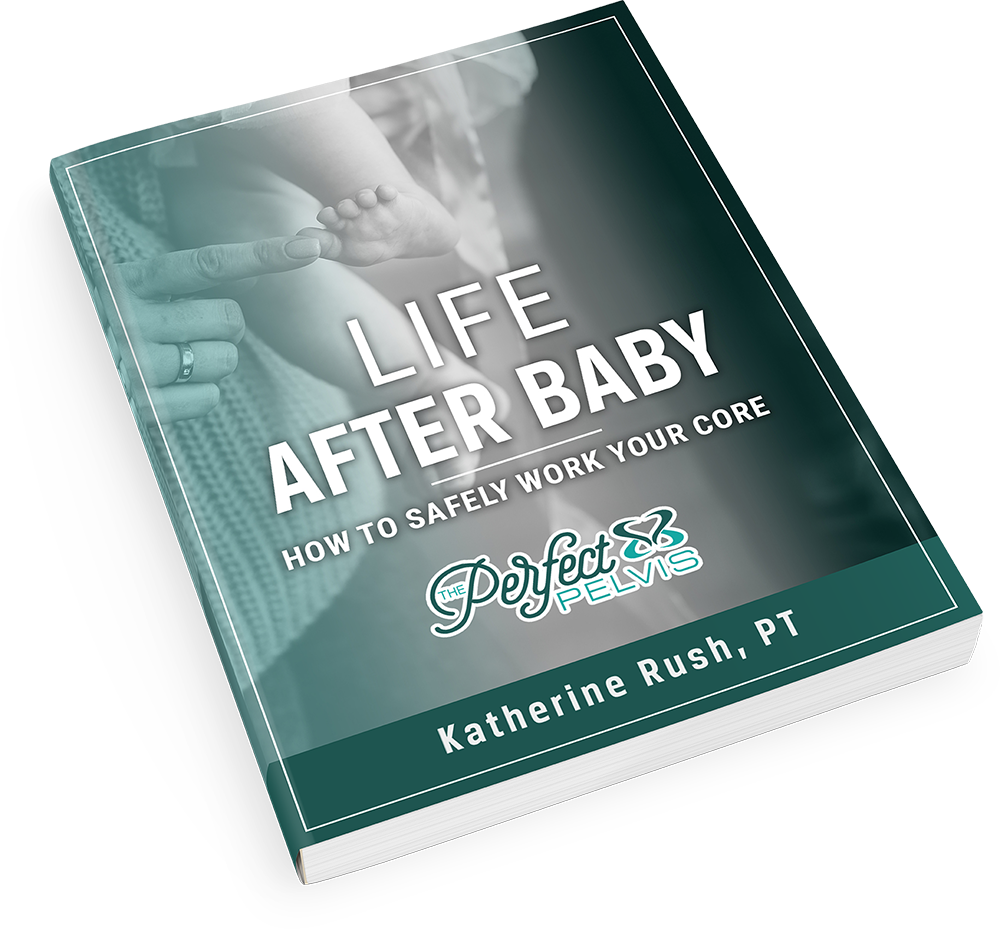Are you struggling with chronic back pain that seems to have no clear cause? The culprit might be lurking closer than you think – in your pelvic floor. While most people associate pelvic floor issues with urinary problems or pelvic pain, many don’t realize that a dysfunctional pelvic floor can contribute to back pain as well. In this article, we will explore the connection between your pelvic floor and back pain, shedding light on how this often-overlooked aspect of your anatomy can play a significant role in your overall comfort and well-being.
### **Understanding the Pelvic Floor**
Before delving into the connection between the pelvic floor and back pain, let’s start with an understanding of what the pelvic floor is. Your pelvic floor is a group of muscles, ligaments, and connective tissues that form a hammock-like structure at the base of your pelvis. It plays a crucial role in supporting the pelvic organs, including the bladder, uterus, and rectum. These muscles are responsible for controlling urination, bowel movements, and providing stability to the pelvis.
### **The Pelvic Floor and Back Pain**
Now, you might wonder how the pelvic floor is linked to back pain. The pelvic floor muscles are intertwined with the deep muscles of the lower back and the abdominal muscles. They work together to provide support and stability to the lower spine. When the pelvic floor muscles become dysfunctional or weakened, it can disrupt this delicate balance.
- **Posture and Alignment**: The pelvic floor is closely connected to the muscles that control your posture. An imbalanced or weak pelvic floor can lead to poor posture and alignment of the spine, which, in turn, can cause back pain. When the pelvic floor is unable to provide adequate support, the spine may experience excessive strain, resulting in discomfort and pain.
- **Core Strength**: The pelvic floor is an integral part of your core, along with the deep abdominal muscles. A weak pelvic floor can compromise your core strength, making it more challenging to maintain proper alignment of the spine. Inadequate core support can contribute to lower back pain as well as issues like sciatica.
- **Compensatory Movements**: When the pelvic floor is not functioning properly, the body often compensates by recruiting other muscles to pick up the slack. This can lead to overuse of the muscles in the lower back, causing them to become tight and painful over time.
- **Nerve Compression**: Dysfunction in the pelvic floor can sometimes result in nerve compression or irritation. Nerves that travel through the pelvis can be affected, leading to referred pain in the lower back.
### **Common Causes of Pelvic Floor Dysfunction**
Several factors can contribute to pelvic floor dysfunction, ultimately leading to back pain. These include:
- **Childbirth**: Pregnancy and childbirth can put immense strain on the pelvic floor muscles, leading to weakness or damage.
- **Chronic Constipation**: Repeated straining during bowel movements can overexert the pelvic floor muscles, leading to dysfunction.
- **Aging**: The natural aging process can cause the pelvic floor muscles to weaken, making them less effective at providing support.
- **Sedentary Lifestyle**: Lack of physical activity can result in poor muscle tone, including the muscles of the pelvic floor.
- **Injury or Trauma**: Accidents or injuries to the pelvis can damage the pelvic floor, disrupting its function.
### **Preventing and Treating Pelvic Floor-Related Back Pain**
The good news is that you can take steps to prevent and treat back pain associated with pelvic floor dysfunction.
- **Pelvic Floor Exercises**: Regularly engaging in pelvic floor exercises, often referred to as Kegel exercises, can help strengthen these muscles. This can improve pelvic floor function and provide better support for your spine.
- **Core Strengthening**: Incorporate exercises that target your core muscles, including the pelvic floor, into your fitness routine. Yoga and Pilates can be particularly beneficial in promoting core strength and alignment.
- **Physical Therapy**: If you are experiencing chronic back pain related to your pelvic floor, consider consulting a physical therapist with expertise in pelvic floor issues. They can provide guidance on exercises and techniques to address the problem.
- **Maintain a Healthy Lifestyle**: Avoid constipation by maintaining a balanced diet with sufficient fiber, and stay hydrated. Staying active and maintaining a healthy weight can also reduce the risk of pelvic floor dysfunction.
- **Seek Professional Help**: If you suspect you have a dysfunctional pelvic floor that is contributing to your back pain, consult a healthcare professional, such as a urologist or a pelvic floor specialist. They can provide a thorough evaluation and recommend appropriate treatments.
In conclusion, the link between a dysfunctional pelvic floor and back pain is a clear one. By understanding the crucial role the pelvic floor plays in maintaining spine stability and alignment, you can take proactive steps to prevent or alleviate back pain associated with this issue. Remember that a healthy pelvic floor not only contributes to your overall well-being but can also significantly enhance your quality of life.
So, the next time you experience unexplained back pain, consider the health of your pelvic floor as a potential contributing factor. It might just be the missing piece of the puzzle in your quest for pain relief and a more comfortable life.







